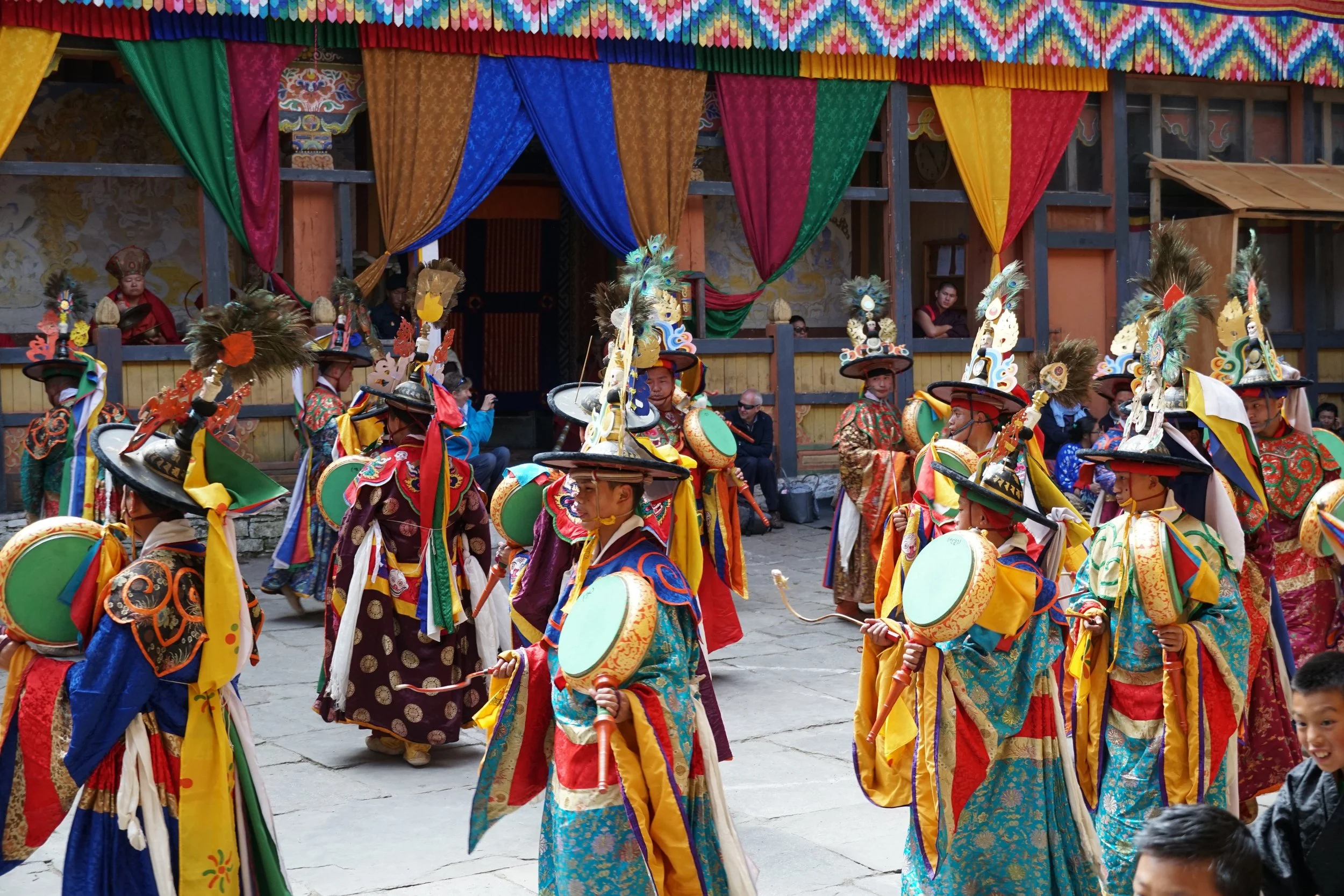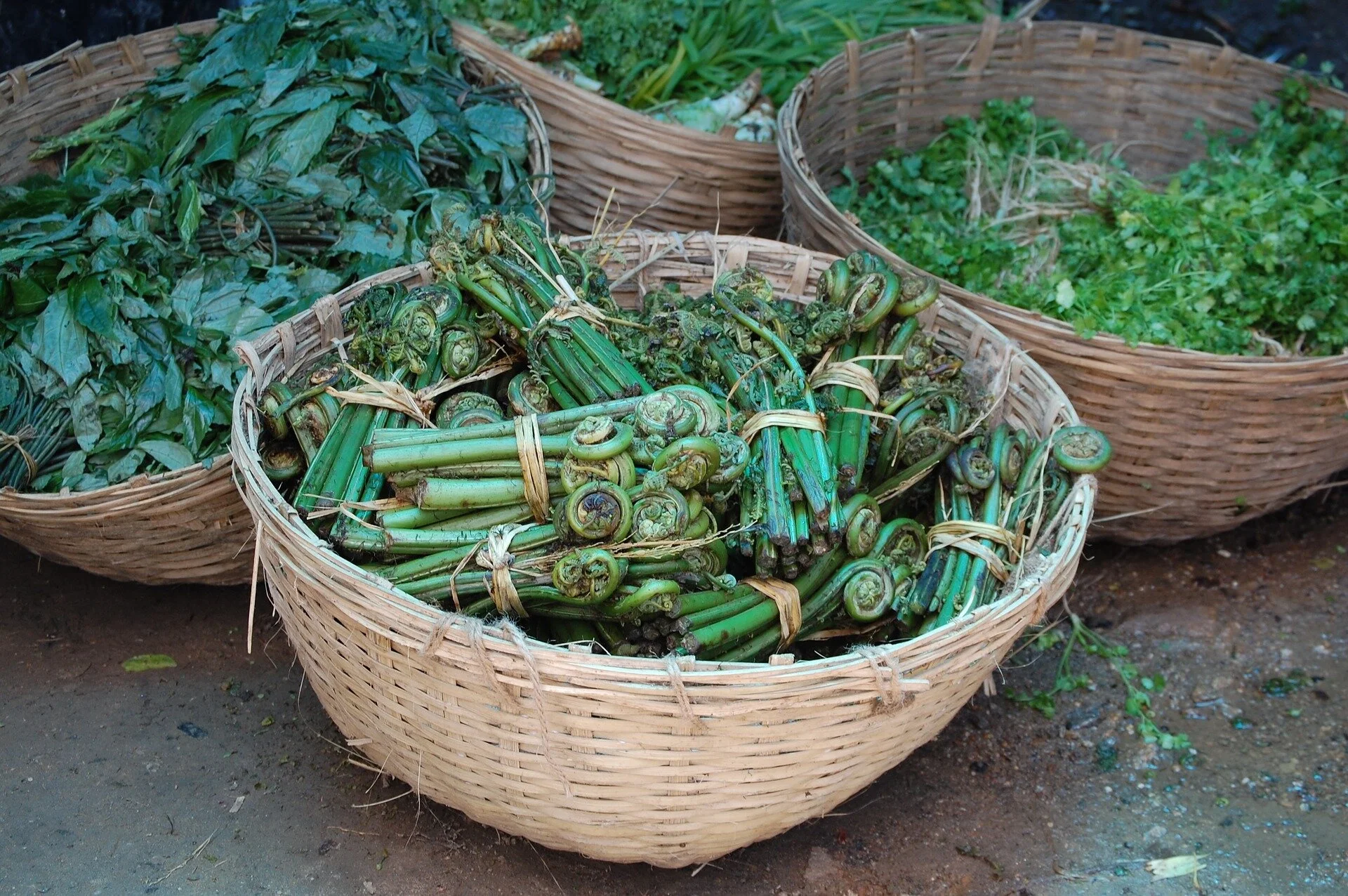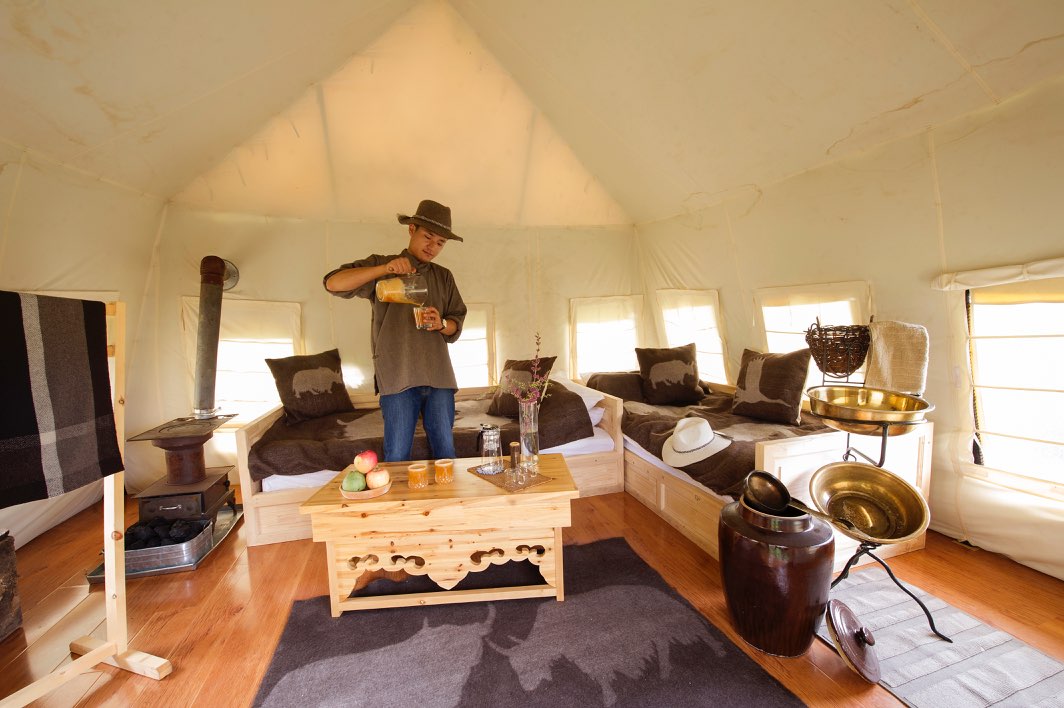People have always travelled, migrating across the planet since pre-historic times. Most of us grew up with a sense that given the will and the money, we could travel anywhere. We would never imagined that there would come a time when travel globally would not be possible.
Nepal has always been a very popular destination for travelers. Tourism in Nepal has been growing since the 1960’s and 70’s, when the great overland routes from Europe to Kathmandu attracted the ‘hippy’ generation of travellers. At that time, Freak Street in Kathmandu was full of cheap accommodation and cafes selling apple pie and chocolate cake. As time went on, tourism evolved into something more sophisticated as standards rose and a wider range of visitors discovered Nepal. By early 2020, over a million Nepalis were employed in the tourist industry in Nepal.
Then the COVID-19 pandemic came along and changed everything. At no other time in recent history, has travel been halted on such a huge scale affecting almost the entire world. People began to wonder if they would ever travel again. The tourism industry in Nepal and the entire Himalayan region was delivered a devastating blow!
Hotels have lain empty, trekking lodges have no passing trade, guides and porters are without work and hundreds of thousands of people who rely on the tourist trade have been seriously impacted. If you could be in these beautiful places now, imagine how wonderful it would be without anyone there..
Silver Linings
There are of course some benefits to a global lock-down of this scale. The world started to breathe, as thick pollution in the Kathmandu valley lifted affording the city’s residents magnificent mountain views and breathable air. There were no queues at Angkor Wat, blue skies over Beijing and clear waters in Venice.
This is a time for us to pause and reassess our lives and the impact we are having on the planet. Yes, travel will resume but wouldn’t it be great if it was more responsible and sustainable? Staying closer to home for at least some of our leisure time is a great option. Long haul travel of the way we knew it may take longer to return.
The majority of Beyond The Clouds clients have chosen to postpone their travel rather than cancel. People are eager to travel and are spending the time doing their research. Bhutan is high on the list for many as, not only has Bhutan handled the pandemic extremely well with low case numbers but already has a sustainable tourism policy in place to avoid overcrowding. Many yearn to trek in Nepal with its stunning mountain scenery and warm hospitality. Tibet is opening back up and Ladakh may not be too far behind.
However, we, at Beyond The Clouds are taking a cautious approach and advising our clients to look at 2021, possibly the March/ April season but more likely the October/ November season.
The Himalayan region is very dependent on tourism and your visit can help provide much needed income and local employment. Beyond The Clouds prefers to use charming authentic accommodation where the money stays with local families where possible. Rather than tourists,
The tourism industry as we knew it had significant impacts on natural resources, pollution and society. Ironically, tourists were often unknowingly contributing to the destruction of the natural environment that they travelled to experience. In Nepal, forests were cut down to provide fuel to create hot water and meals for trekkers on the trekking routes, whilst fumes from an increasing number of vehicles in Kathmandu played a part in the dreadful pollution in the capital.
Beyond The Clouds believes in sustainable travel by using local family run accommodation and restaurants, hiring local guides and porters and helping local communities preserve their culture not destroy it. Here are some great ideas:
Travel inspiration
Stay in a tented camp on the Tibetan plateau founded by a Tibetan nomad and his wife keen to share the splendours of Tibetan nomadic life. OR go on a pilgrimage tour in Kham, Tibet learning how to make and hang prayer flags in a tiny village overlooking one of Tibet’s most scared mountains.
Go on a tea house trek in Nepal staying in locally run tea house lodges, eating local produce and with a knowledgeable guide who can explain the culture and traditions to you.
Visit off the beaten track Haa Valley in Bhutan, staying at a warm and friendly family run heritage lodge. Explore the area on foot and soak in a traditional hot stone bath before enjoying a home cooked dinner.
Trek in Ladakh staying in remote village homestays and ending up at a cozy Ladakhi run guest house overlooking an off the beaten track village.
The team at Beyond The Clouds are here to help whether you plan to travel in 2021 or beyond!

























































































